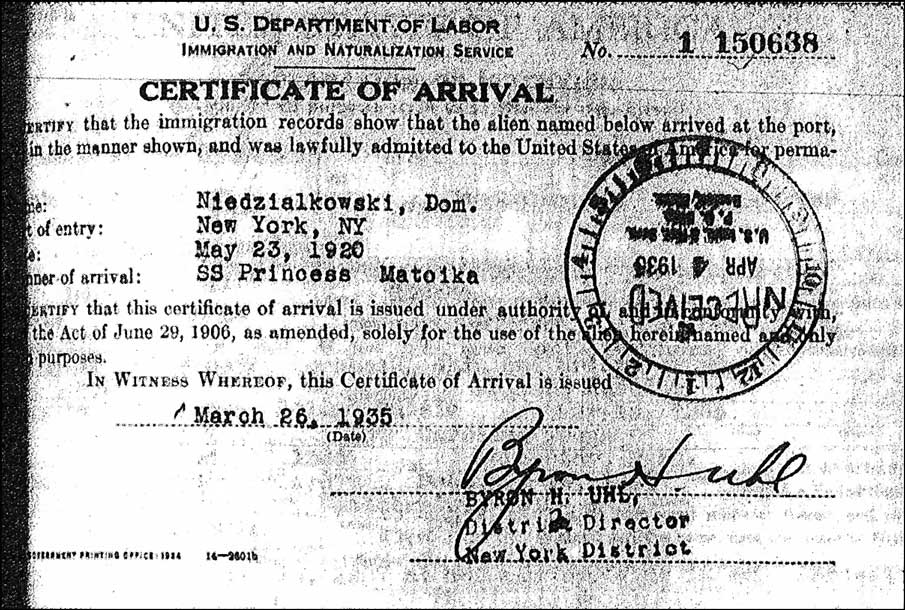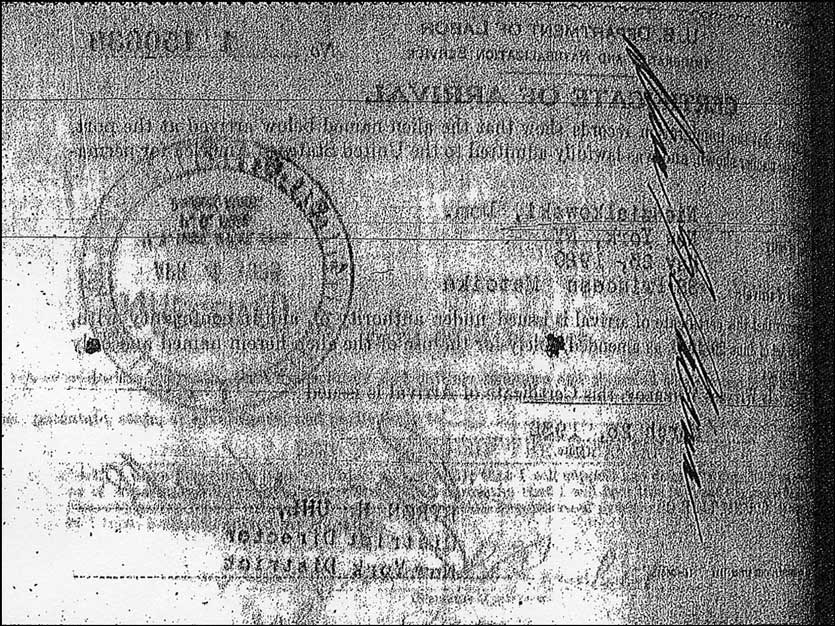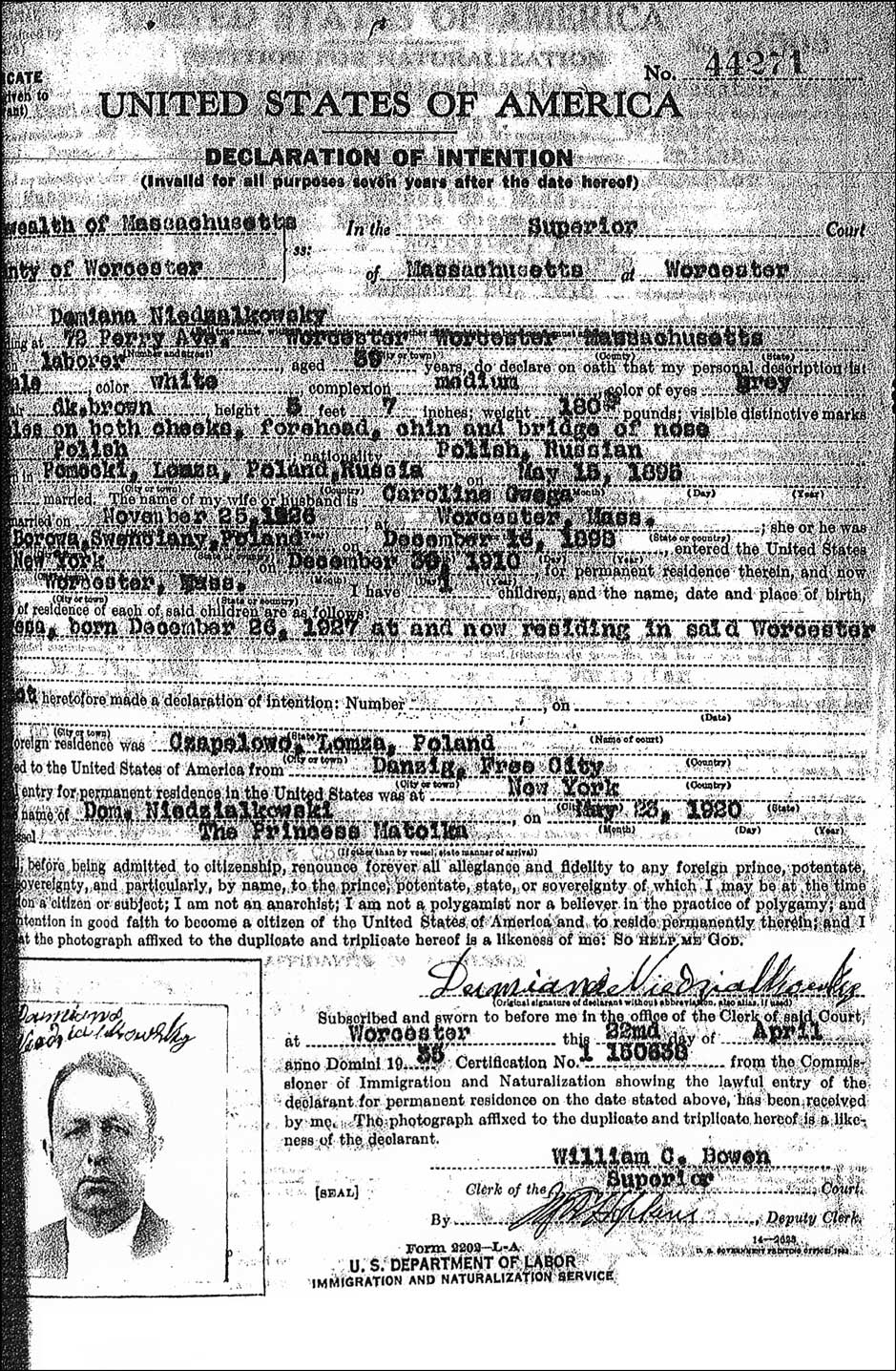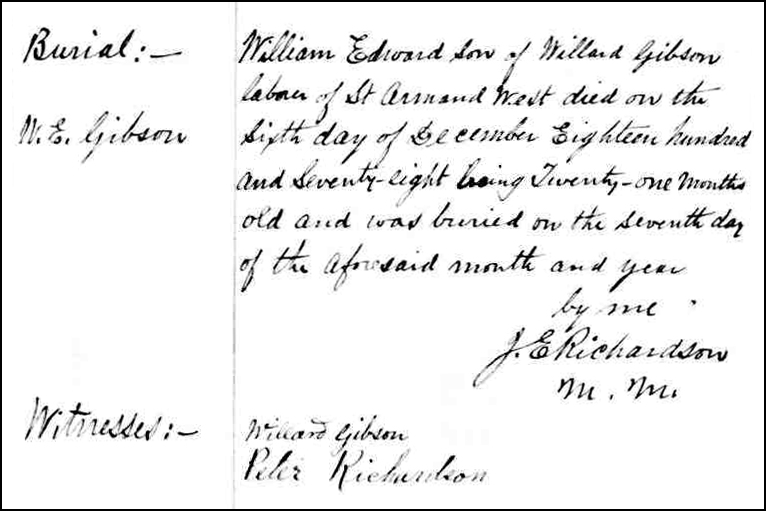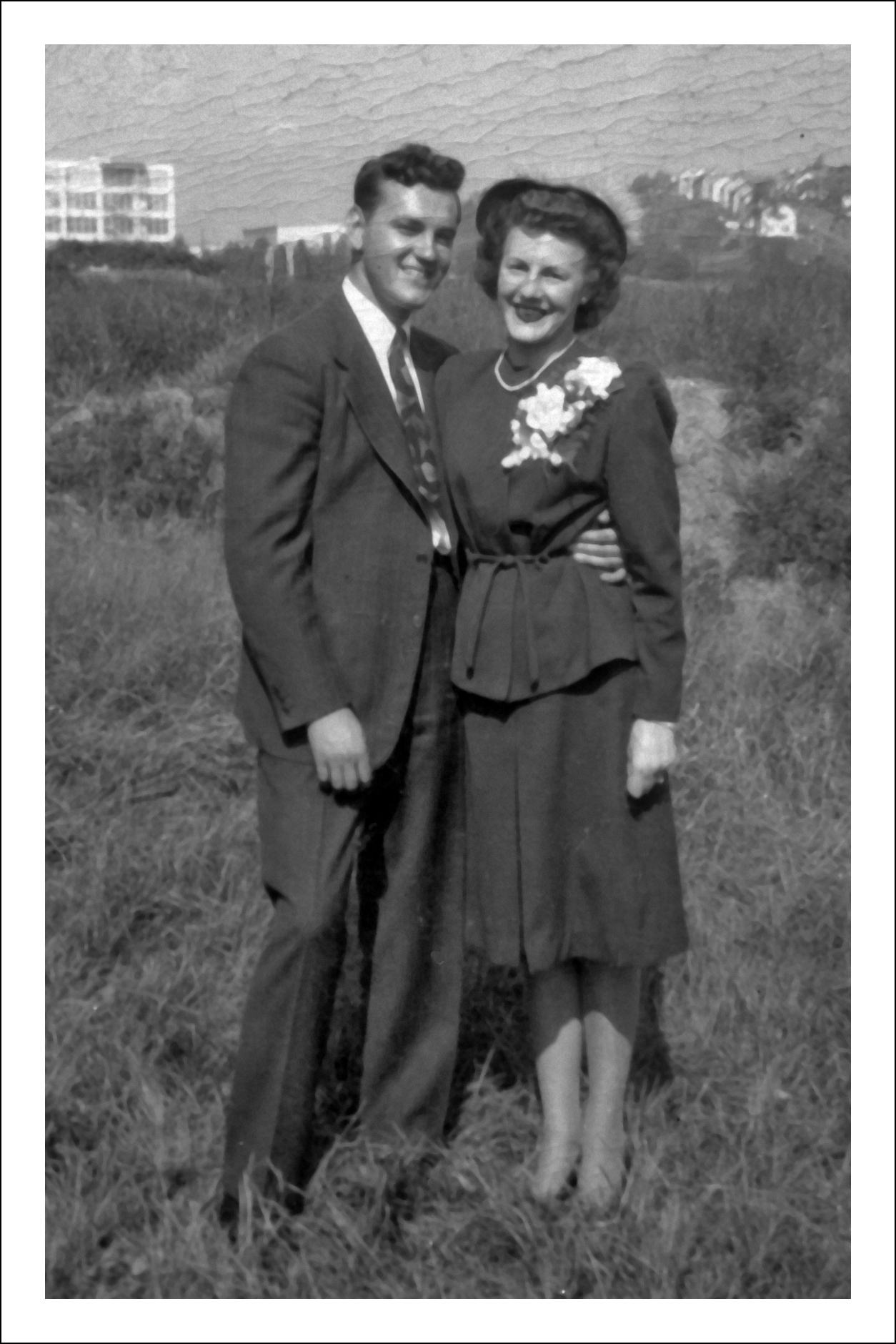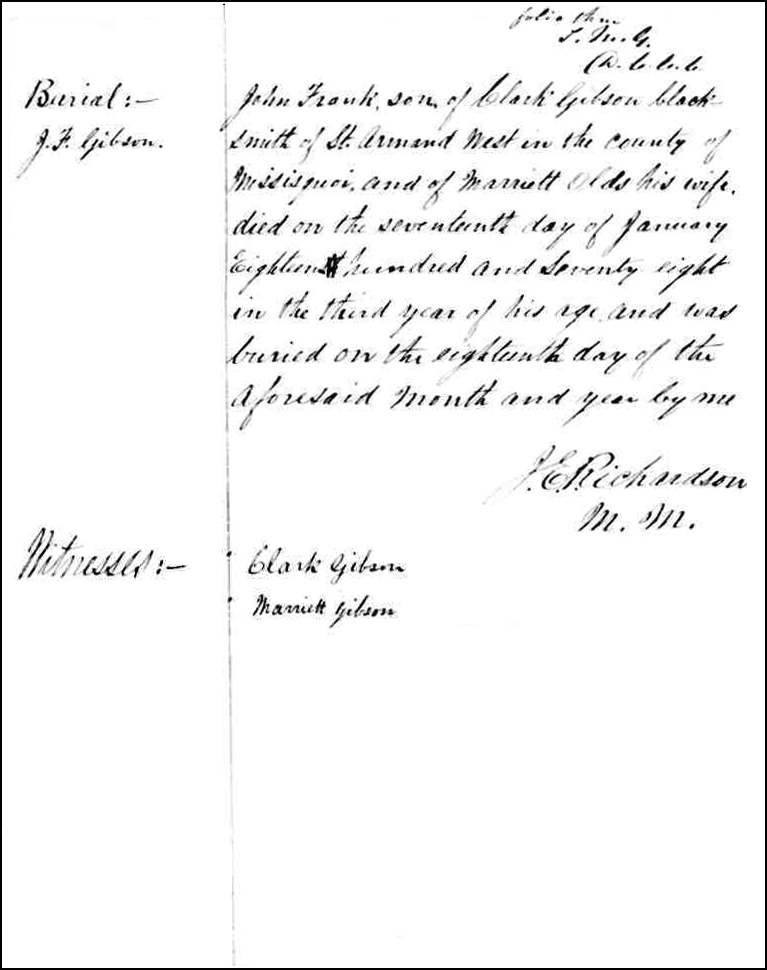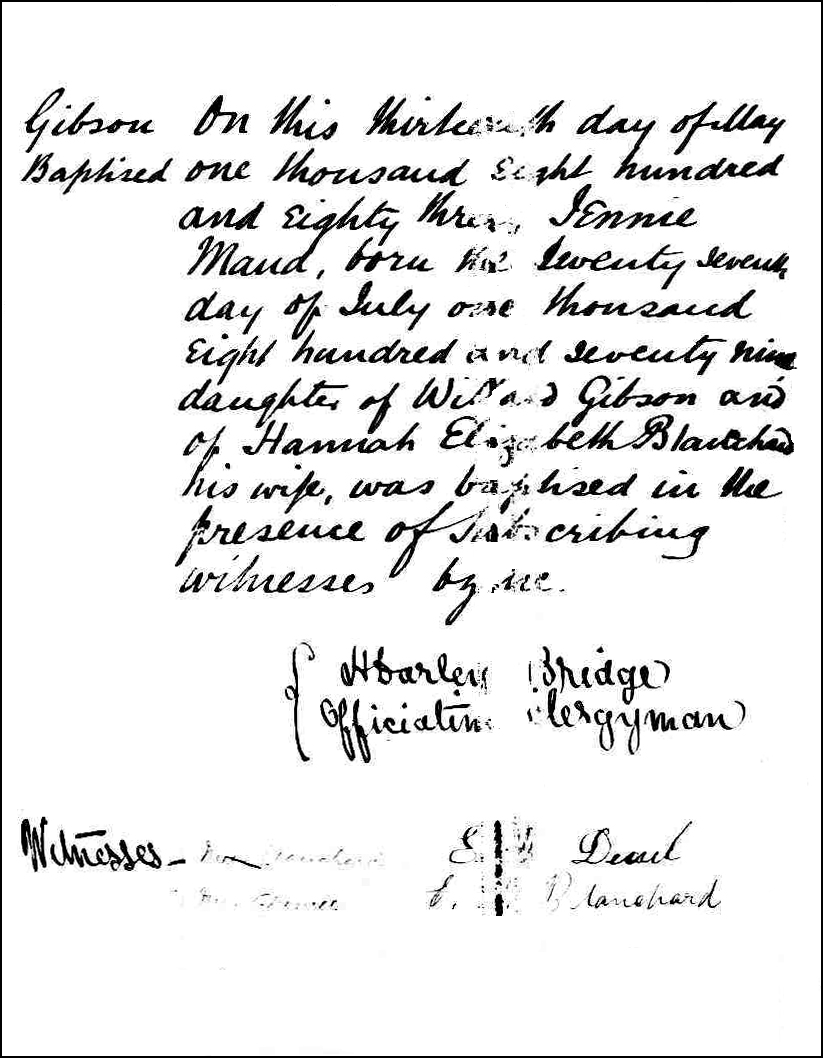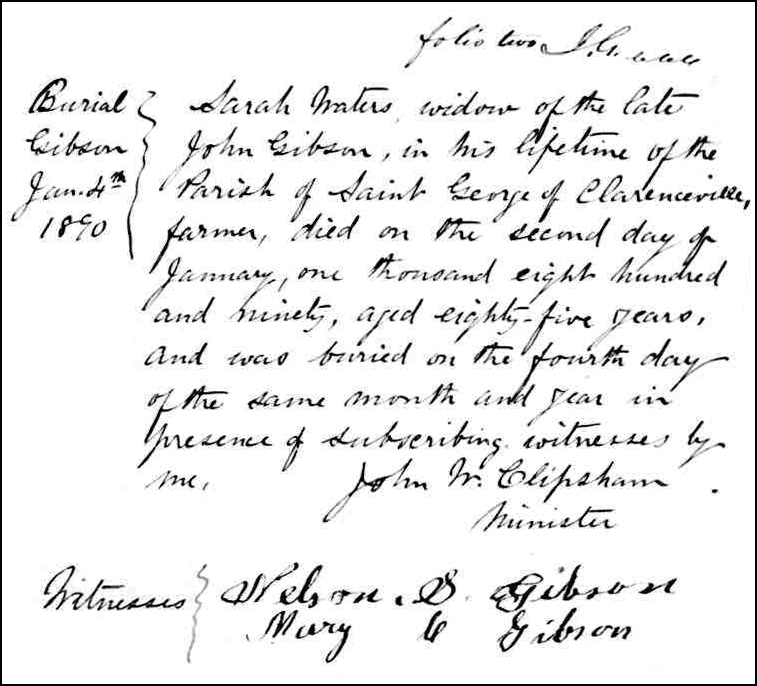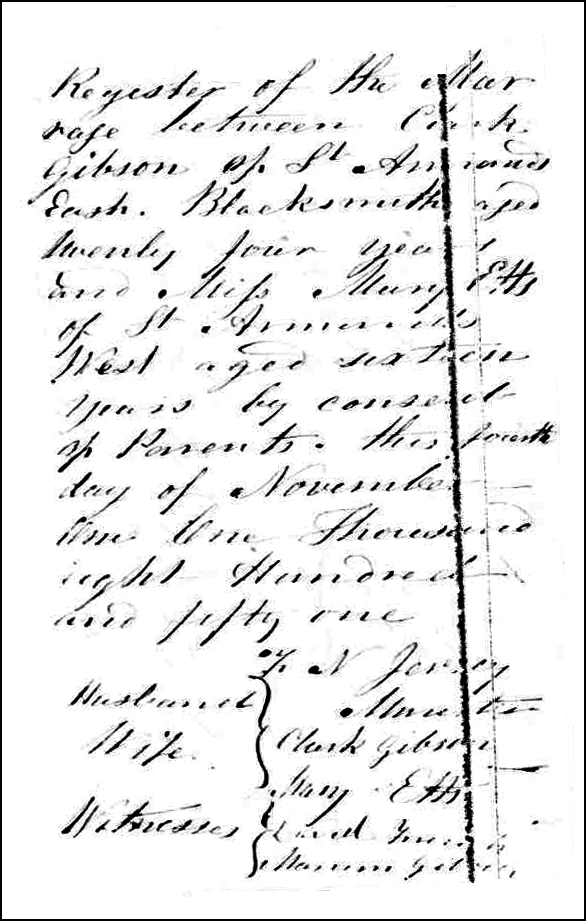Note: Not long after the following press release was published, Everton’s Genealogical Helper went out of business for good. See Leland Meitzler’s article for details.
=========================================
Everton’s Genealogical Helper Adds New Online Edition!
New Online Edition of Everton’s Genealogical Helper will debut July 1! Subscribe today for only $10.00!
LOGAN, Utah, June 12, 2008. Genealogy Online, Inc., publisher of Everton’s Genealogical Helper, today, announced the publication of the Genealogical Helper in an Online Edition. The Online Edition is an identical copy of the 176-page paper edition – complete with hotlinks to the hundreds of website addresses found therein.
Launch Date – The new Online Edition will launch on July 1 – simultaneous with the home delivery and newsstand date of the paper edition of the July-August issue.
Free Access – Subscribers to the traditional Genealogical Helper will have 100% FREE online access to the magazine – with no extra fees whatsoever.
Online Edition subscriptions – Everton’s Genealogical Helper, Online Edition, will sell for just $12.00 per year! That is only $2 per issue! And it’s only $10.00 for subscriptions made before July 1.
Net Family History – An important feature of Everton’s Genealogical Helper is the magazine within a magazine entitled Net Family History. New information specific to using the Internet for genealogy is always found in this portion of the bimonthly publication. Extensive website reviews are always located here, as well as articles dealing with Internet-related activities.
Why an online edition? – Every issue of Everton’s Genealogical Helper now contains hundreds of website addresses. The Internet is where some of the most exciting genealogical resource advances are taking place, so it’s required that information about these resources be disseminated to the Helper’s thousands of readers in every issue. Everton’s Genealogical Helper, Online Edition, will allow readers to go from their paper edition to the hotlinked Online Edition and access any of the websites with just a keystroke or two – no more typing in those lengthy website addresses! The Online Edition offers more than just the links found in the magazine – it is the entire magazine itself!
Format & hosting – Everton’s Genealogical Helper, Online Edition, will be in pdf format, readable by anyone, with any computer running an Adobe Acrobat Reader (Available at Adobe.com as a FREE download.) The Online Edition will be hosted by FamilyLink.com, Inc.
Why subscribe to the Genealogical Helper? – Subscribe to have access to the Helper‘s how-to & historical articles, Net Family History (see above), genealogical sharing, extensive book and CD-ROM reviews & announcements, queries, the most complete event calendar available anywhere, and hundreds of ads detailing new products and services. In addition to these day-to-day features, you will also have access to the NEW updated, hotlinked Directory of Genealogical and Historical Societies – to be published in the Sept/Oct and Nov-Dec issues! Edited by Leland K. Meitzler, the Helper is guaranteed to help you extend your lines and fill in those blanks in your family tree.
WHAT A DEAL! – Your cost for a full subscription (the paper magazine & online access both) is less than 3 cents per page – delivered to your home, and now accessible online. Subscribe to the Online Edition alone for just over a penny a page! Subscribe by July 1 and it’s less than a penny per page!
*************
About Genealogy Online, Inc. Genealogy Online, dba Everton Publishers, is the publisher of Everton’s Genealogical Helper, now in its 62nd year of helping genealogists find their ancestors. Genealogy Online, Inc. also publishes the Handybook for Genealogists, 11th edition, a top-selling guidebook for family historians. Also see: http://www.GenealogyBlog.com.

